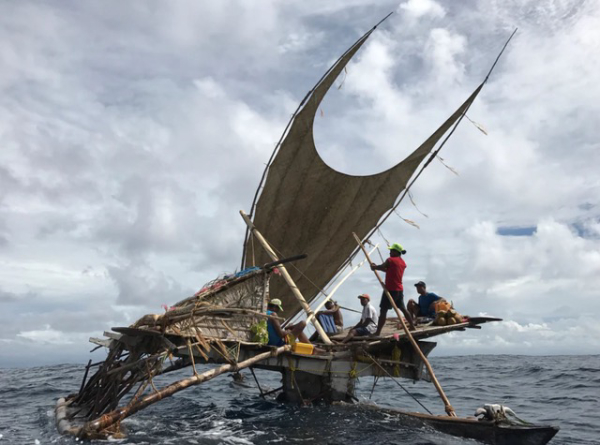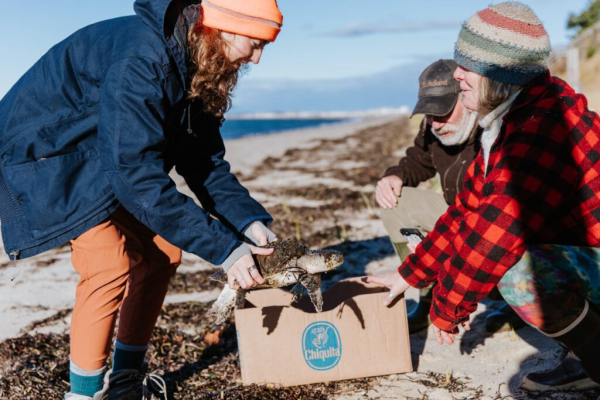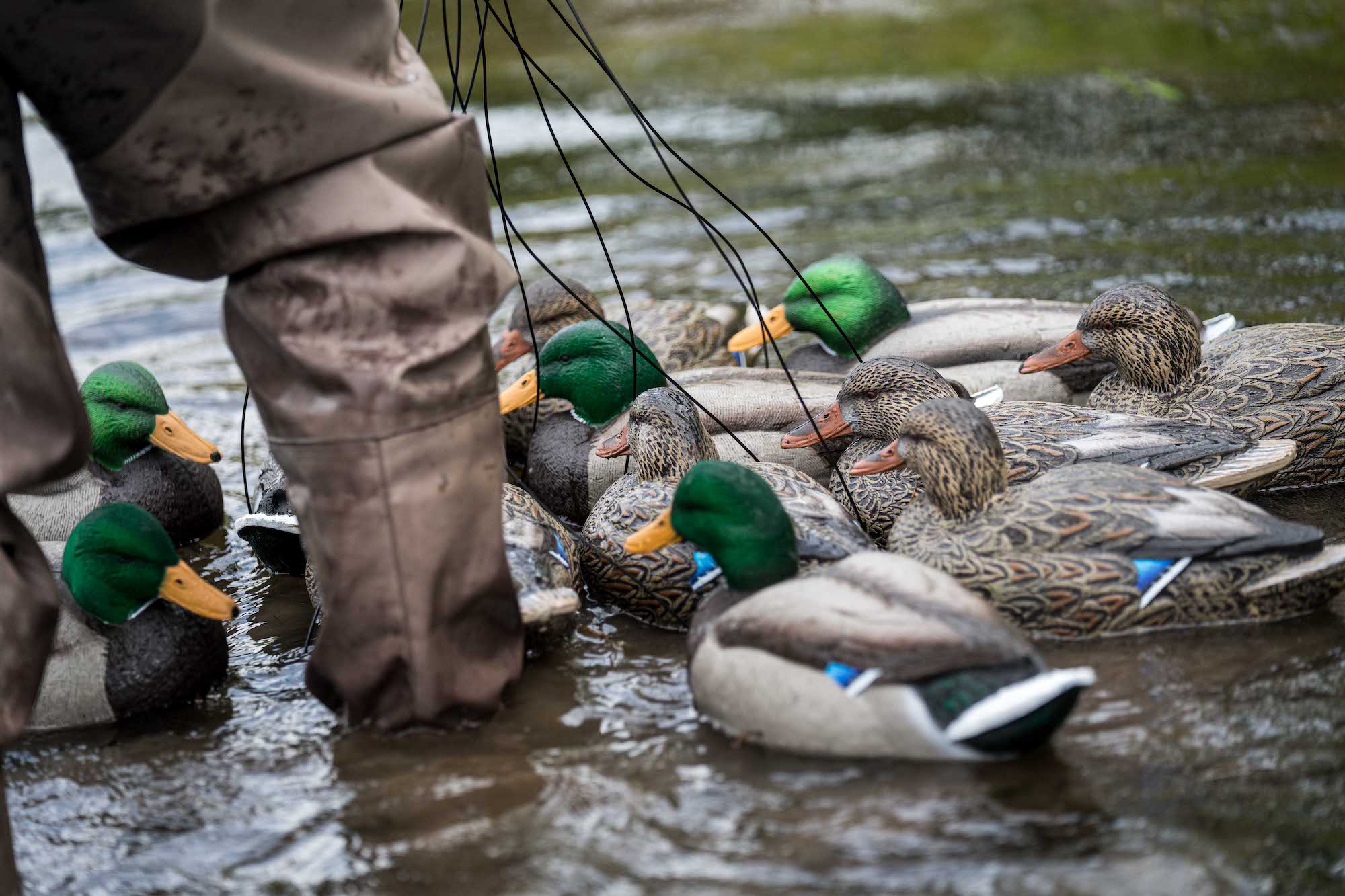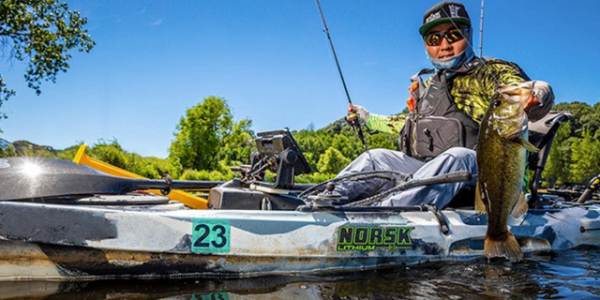Ancestral Open Sea Voyaging

Once on the verge of losing their traditional knowledge, the people of the Taumako in the Solomon Islands are devoted to preserving their ancient Polynesian seafaring practices by training a new generation in wayfinding and vaka (boat) construction.
Approximately 500 Taumakans, who exist today without electricity, telephones, or motorized vehicles, could be the only people in the Pacific still capable of building and sailing voyaging canoes using traditional methods. Just thirty years ago, only a few living sailors held this knowledge; at that time, it had been three decades since any Taumakan used a traditional vaka for transport. In 1993, Chief and master navigator Kruso Kaveia requested the help of Dr. Marianne “Mimi” George, an anthropologist who co-founded the Pacific Traditions Society and a remote, blue-water sailor, to preserve their important ancestral ways. This initiative began The Vaka Taumako Project. “My role has evolved from outside communicator, coordinator, fundraiser, occasional writer, filmmaking supporter and doer to connected advisor, collaborator, and community member,” says Dr. George.
Taumakan youth learn from their elders and use only sustainable local natural materials, ancient tools, and traditional methods to construct the vessels. On the island, they say, ‘if you want to build a voyaging canoe, the first thing you must do is plant a garden to feed the workers who will help you.’
Catering duties rotate among community members to ensure everyone has the opportunity to work on the canoe and the obligation to feed other workers. The variety of construction tasks allows everyone to be involved. Men, women, and children work together weaving the massive lauhala (pandanus leaf) sail, making cordage for lashing and rigging, and carving timbers. They don’t use epoxy, resin, or glue; instead, a traditional paste of plant sap and bark is applied to the hull to prevent leaks. Children are responsible for gathering and preparing coconut husks for making cords, sharpening tools—machetes, knives, and adzes, and carrying messages.
Bringing the people together with the resources—plants, animals, and water—teaches how to maintain them, along with inter-island relationships. All of which are necessary for a sustainable way of life on these remote islands.
Taumakans build Vaka to voyage great distances without the use of modern technology. For thousands of years, Polynesian wayfinding has relied heavily on passing wisdom from master to apprentice through oral tradition, often in the form of song. The navigation skills taught and used represent a sacred connection to the earth and use a comprehensive system of wind, waves, and stars and the inter-relationship with plants and animals at sea during voyages. Navigators traditionally held a high status in their communities as they were relied upon to trade with neighbouring islands and evacuate their people in times of disaster.
Since its inception, The Vaka Taumako Project has brought sailors, anthropologists, filmmakers, and local volunteers together to collaborate with Taumakan artisans and the next generation of navigators. They have documented the building process over 17 years, intending to share the information internationally, helping to ensure the continuation of this ancient knowledge. “The biggest change is happening right now as we have been completing a tour of international presentations that brought awareness and connection with the Taumakan experts and leaders of ancestral voyaging knowledge and also brought them together with Fijian, Carolinian, and Papua New Guinean experts and leaders,” says Dr. George.
Although the project has produced academic research and documentaries, the most successful aspect is the many Taumakan youth who have mastered the building of traditional vaka and successfully voyaged to nearby islands. “We have just launched the first modern materials cargo/fishing proa that this community will use to support their ancestral voyaging school,” says Dr. George. This proa is the first transport vessel based in their region since colonization took hold 100 years ago. Additionally, they are building a halevaka structure to shelter their boats and accommodate their students, including those coming from the outside to study.
Looking ahead, the team hopes to collaborate with biodiversity and climate change scientists and cultural experts. “They know that their ancient knowledge can be relied on, while modern transport and communications technologies never served their needs and never will,” says Dr. George. “They also know we all can benefit from what the ancients learned about the ocean, biodiversity, and climate change.”
Perhaps, most importantly, the community on Taumako is looking ahead to the next generation of Polynesian canoe builders—and the world—to protect their culture and traditional practices ensuring they never come close to losing them again.
SEE MUSTAD FLOATATION GEAR HERE: https://mustangsurvival.com/collections/flotation-clothing







